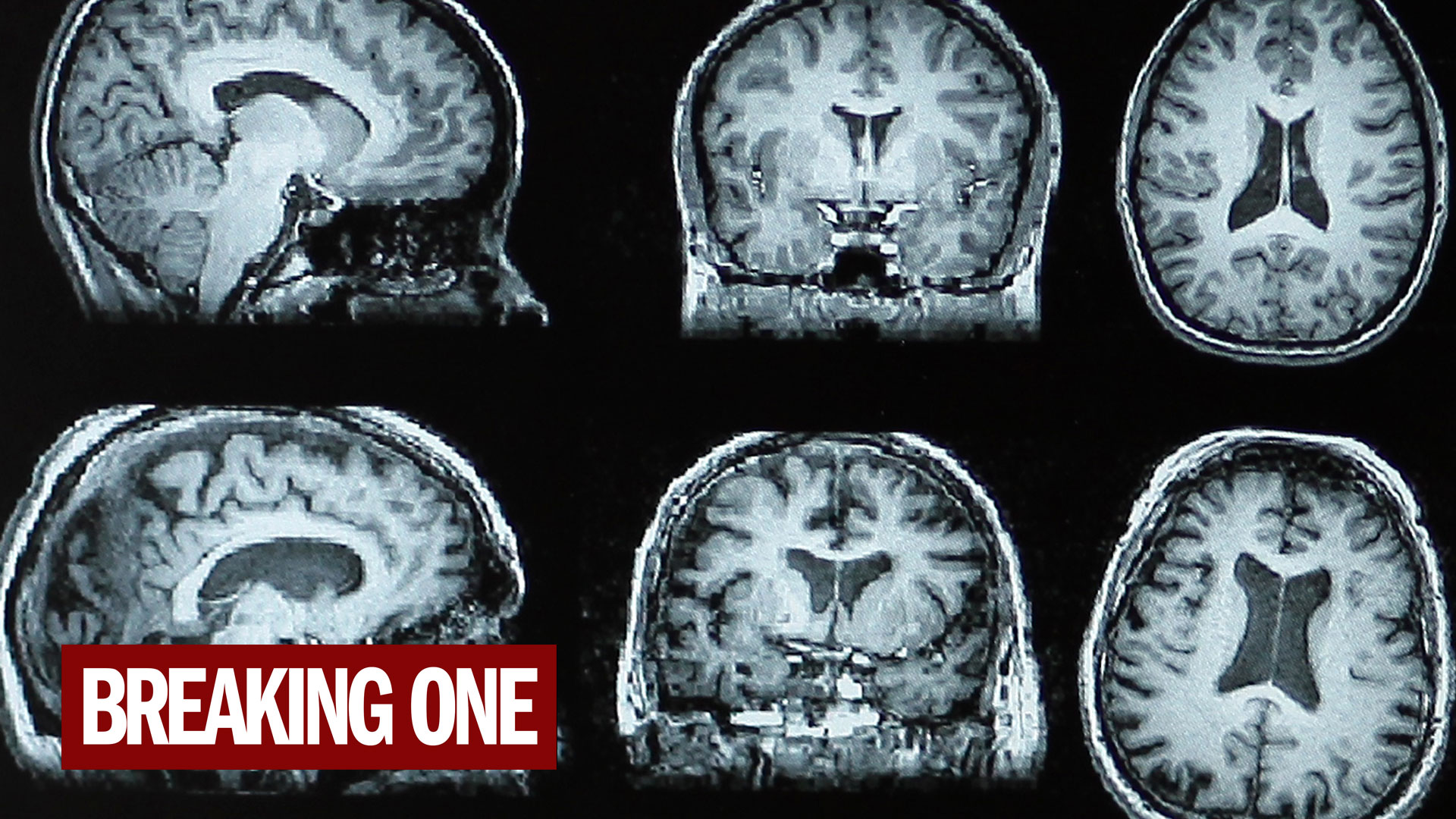Nature Knows and Psionic Success
God provides
Scientists peek into opioid users’ brains as they try to quit

flowplayer 00:00 00:00 space play / pause q unload | stop f fullscreen ↑ ↓ volume m mute ← → seek . seek to previous 1 2 … 6 seek to 10%, 20% … 60% © 2015 About Flowplayer GPL based license BETHESDA, Md. — Lying inside a scanner, the patient watched as pictures appeared one by one: A bicycle. A cupcake. Heroin. Outside, researchers tracked her brain’s reactions to the surprise sight of the drug she’d fought to kick. Government scientists are starting to peek into the brains of people caught in the nation’s opioid epidemic, to see if medicines proven to treat addiction, like methadone, do more than ease the cravings and withdrawal. Do they also heal a brain damaged by addiction? And which one works best for which patient? They’re fundamental questions considering that far too few of the 2 million opioid users who need anti-addiction medicine actually receive it. One reason: "People say you’re just changing one drug for another," said Dr. Nora Volkow, director of the National Institute on Drug Abuse, who is leading that first-of-its-kind study. "The brain responds differently to these medications than to heroin. It’s not the same." Science has made clear that three medicines — methadone, buprenorphine and extended-release naltrexone — can effectively treat what specialists prefer to call opioid use disorder. Patients who stick with methadone or buprenorphine in particular cut their chances of death in half, according to a report by the National Academies of Sciences, Engineering and Medicine that explored how to overcome barriers to that care. Opioid addiction changes the brain in ways that even when people quit can leave them vulnerable to relapse, changes that researchers believe lessen with long-term abstinence. Volkow’s theory: Medication-based treatment will help those damaged neural networks start getting back to […]
Click here to view full article
